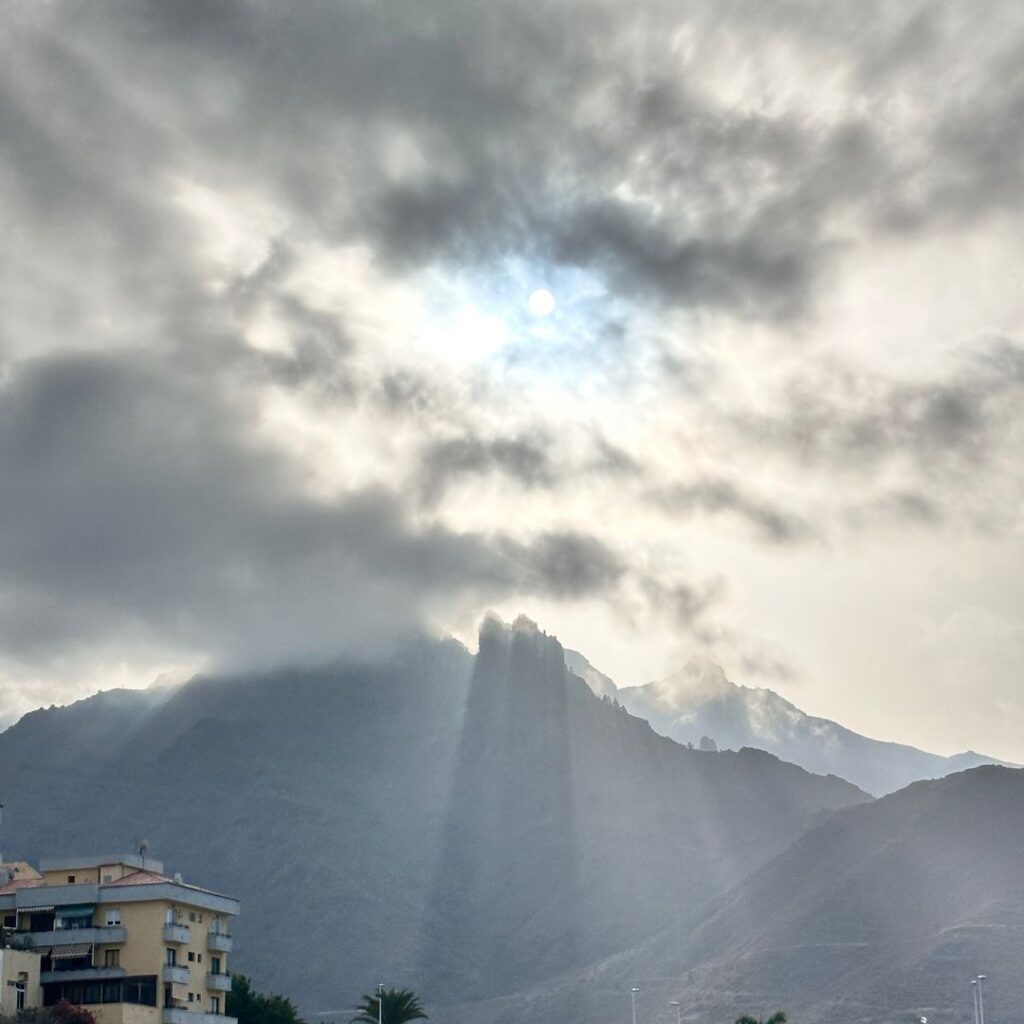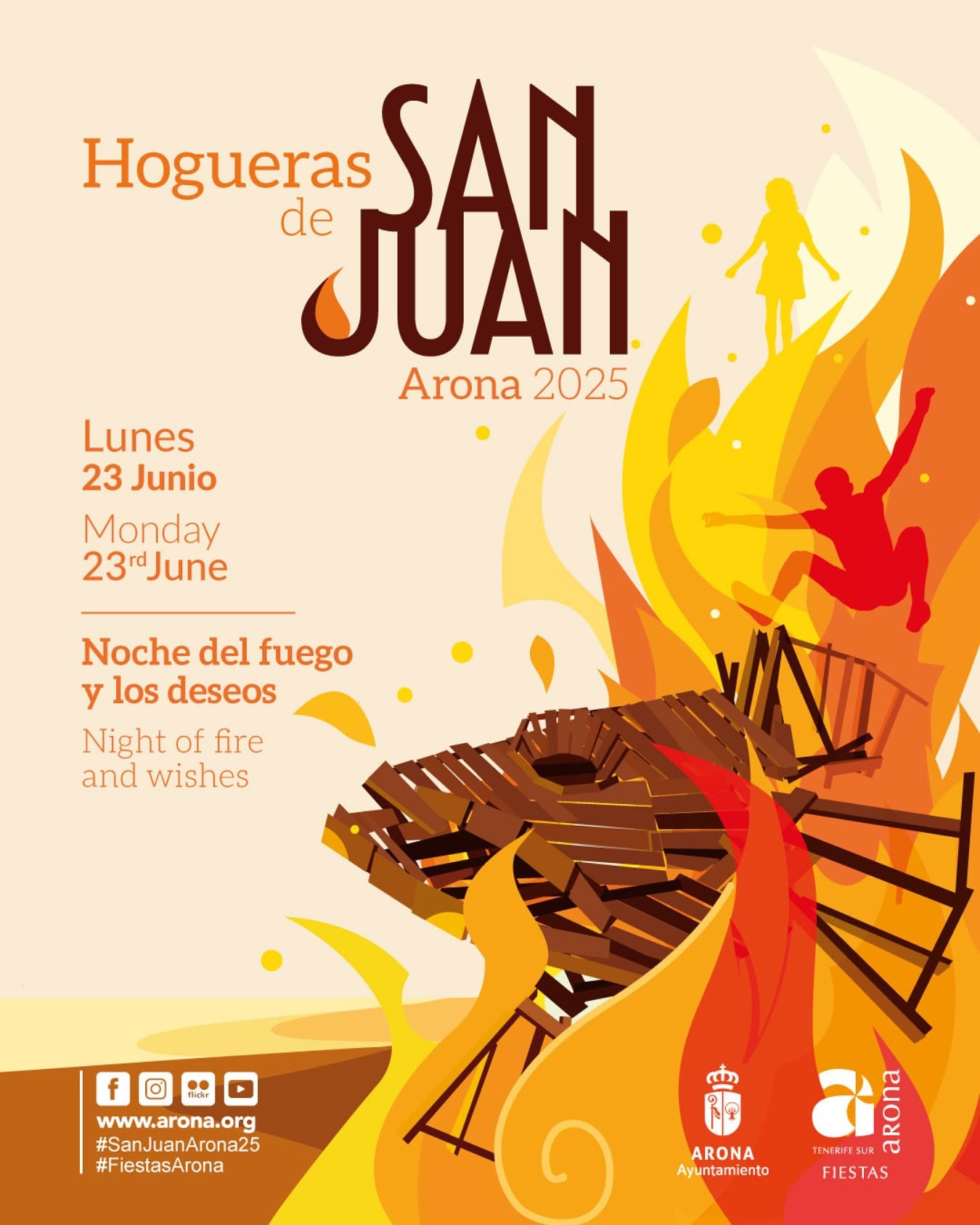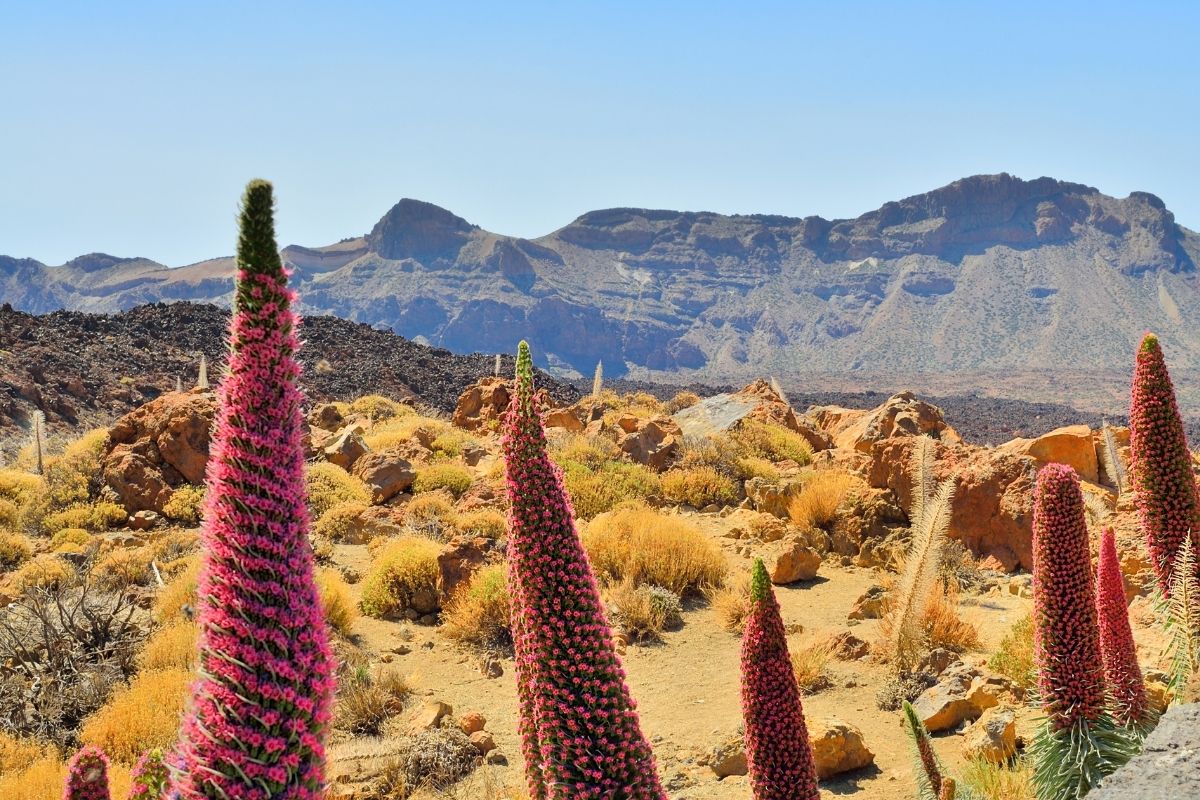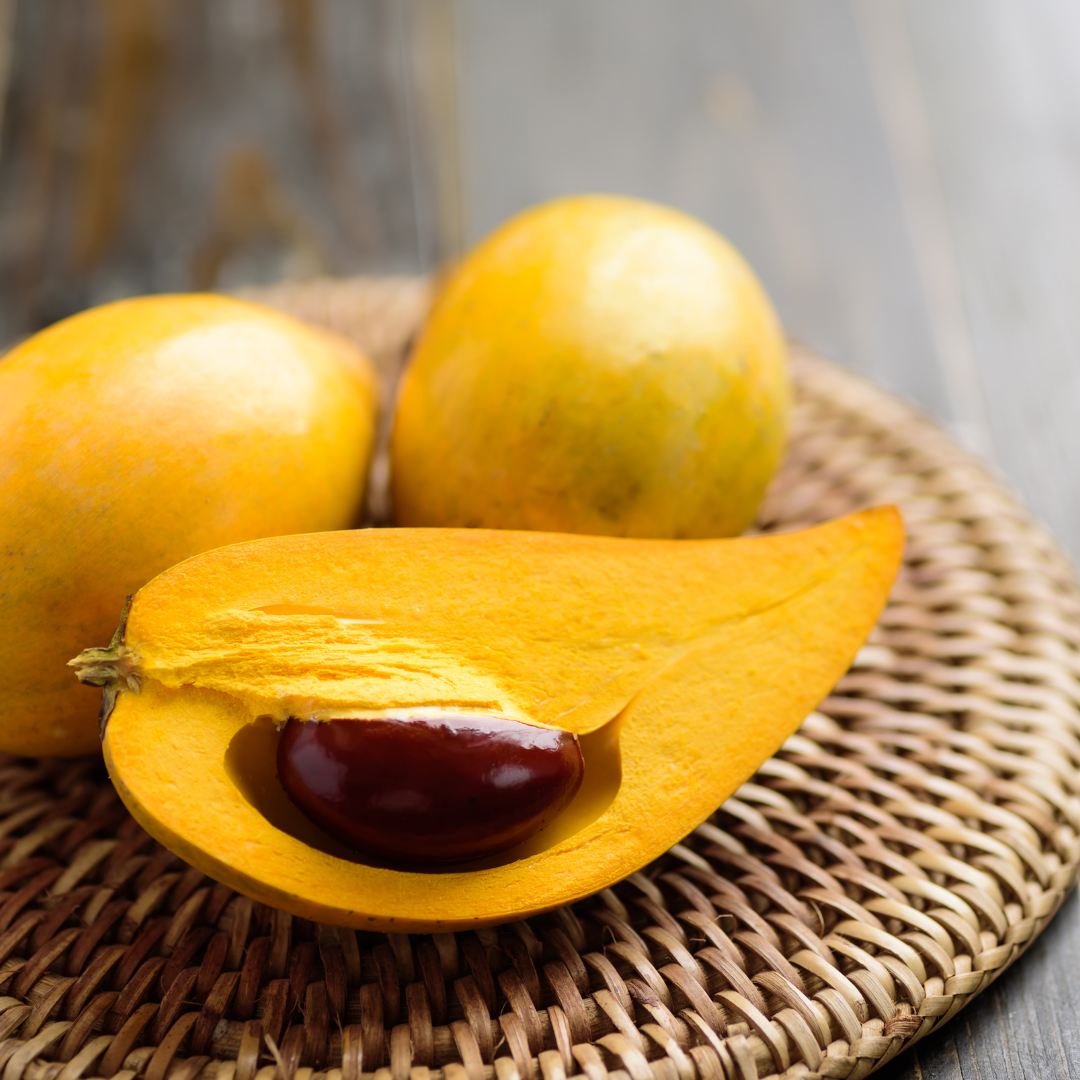Calima is a unique meteorological phenomenon that regularly affects the Canary Islands, including Tenerife. Characteristic of Calima is the influx of hot, dry air from the Sahara, which brings with it fine particles of desert dust. Here are some of the key features of this phenomenon:
Ubiquitous fog: Calima manifests itself as a fog that hangs in the air, creating a hazy effect that can significantly reduce visibility and make the sky appear milky white or orange-yellow.
High temperatures: This phenomenon usually leads to an increase in temperatures, as well as an increase in the level of dryness in the air. This can cause a feeling of suffocation and red eyes.
Health effects: Fine dust particles can irritate the respiratory tract, so people with asthma, allergies or other respiratory conditions should be careful during intense Calima.
Frequency of occurrence: Calima can occur at any time of year, although it is most common in winter and spring. Its intensity and duration can vary.
Recommendations: During Calima, it is recommended to limit outdoor activities, especially for children and the elderly, and to drink plenty of water to stay hydrated.
Although Calima can be disruptive, travelers can prepare for the phenomenon by checking local weather forecasts and following health precautions.








